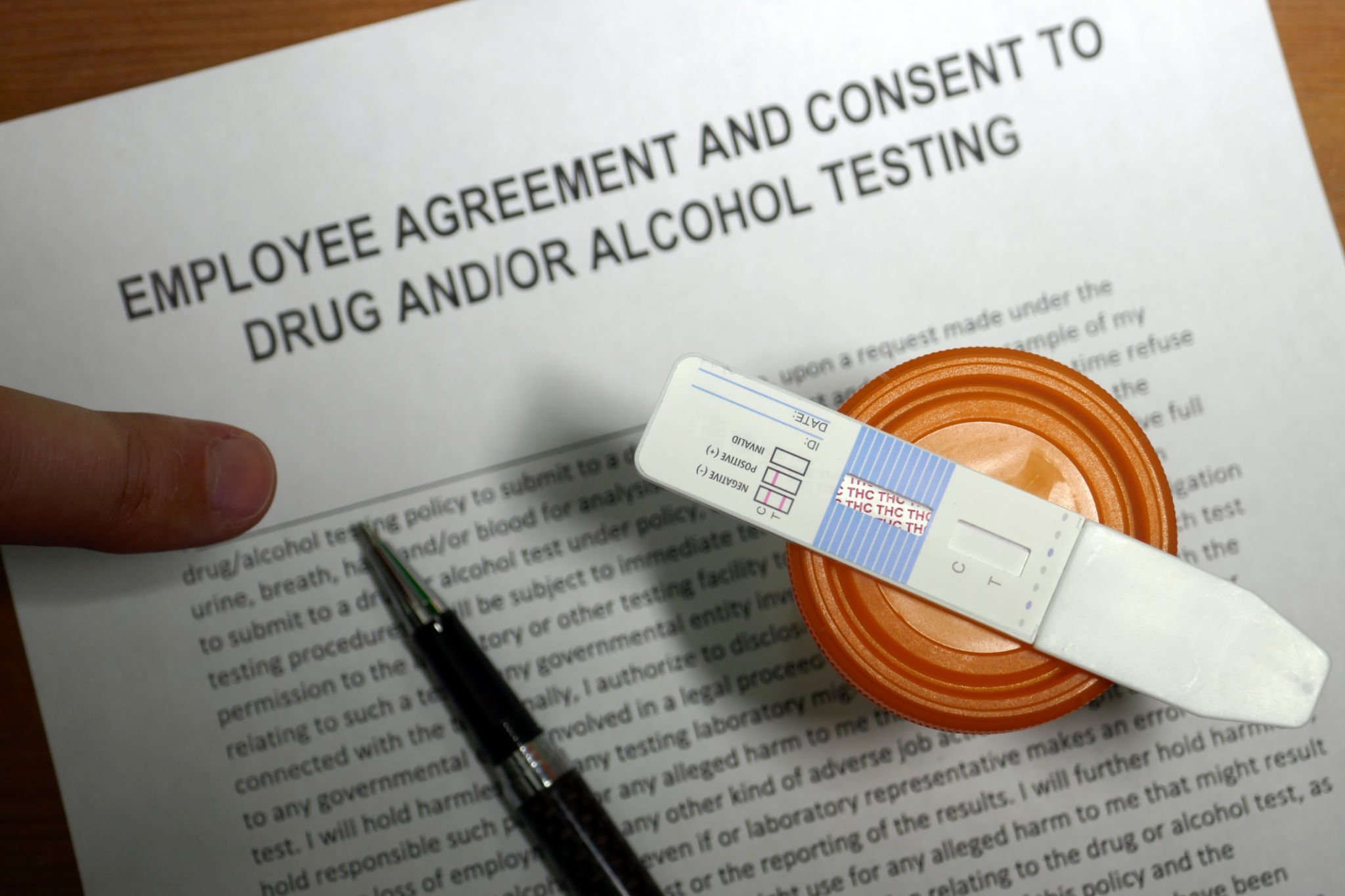How to Manage Drug Testing for All Shifts: A Complete Guide
Understanding the Importance of Drug Testing
Drug testing is a critical component of maintaining a safe and productive work environment. It helps in minimizing workplace accidents and maintaining the overall health of employees. Implementing a comprehensive drug testing program can be challenging, especially when dealing with multiple shifts. Employers must ensure that drug testing is fair, consistent, and non-discriminatory across all shifts.

Developing a Drug Testing Policy
A well-defined drug testing policy is the foundation of any effective program. The policy should clearly outline the purpose of drug testing, the substances being tested for, and the procedures to be followed. It's important to communicate this policy to all employees and ensure they understand their rights and responsibilities. Transparency and consistency are key in gaining employee trust and compliance.
Key Elements of an Effective Policy
- Purpose and scope of drug testing
- Types of tests conducted (pre-employment, random, post-accident)
- Confidentiality measures
- Consequences of positive results
Scheduling Drug Tests for Different Shifts
Managing drug testing for multiple shifts requires strategic planning. It's crucial to ensure that all employees, regardless of their shift, are subject to the same testing protocols. This can be achieved by scheduling tests at various times to cover different shifts or by coordinating with third-party testing facilities that operate 24/7.

Best Practices for Effective Scheduling
To ensure fairness, consider rotating the times when tests are conducted. This prevents any one shift from feeling unfairly targeted. Additionally, provide flexibility for employees who may have conflicting responsibilities outside work hours, ensuring they can participate in the testing process without undue stress.
Choosing the Right Testing Method
The choice of drug testing method can impact the effectiveness and efficiency of your program. Common methods include urine, saliva, hair, and blood tests. Each has its pros and cons in terms of accuracy, detection window, and invasiveness. Employers should select the method that best aligns with their organizational needs and legal requirements.
Considerations for Method Selection
- Legal compliance with state and federal regulations
- Cost-effectiveness
- Accuracy and reliability of results
- Employee comfort and acceptance

Training Supervisors and Managers
Supervisors and managers play a crucial role in the drug testing process. They should be trained to recognize signs of substance abuse and understand the legal implications of drug testing. Proper training ensures they handle situations with sensitivity and adhere to company policies consistently.
Components of Supervisor Training
Training programs should cover how to approach employees suspected of substance use, documentation procedures, and maintaining confidentiality. This helps in fostering a supportive environment where employees feel safe to discuss any issues they might be facing.
Handling Positive Test Results
A positive test result can be a sensitive issue that requires careful handling. Employers must follow the procedures outlined in their policy while ensuring they respect employee privacy. It's important to provide support for employees, such as offering access to counseling or rehabilitation services.
Steps to Take After a Positive Result
- Confirm the result through a secondary test if necessary.
- Discuss the results with the employee privately.
- Implement any disciplinary actions as per company policy.
- Offer assistance programs if available.

By implementing these strategies, employers can manage drug testing effectively across all shifts, ensuring a safer and more productive workplace for everyone involved. Consistent communication, fair practices, and employee support are essential components for success in managing workplace drug testing programs.